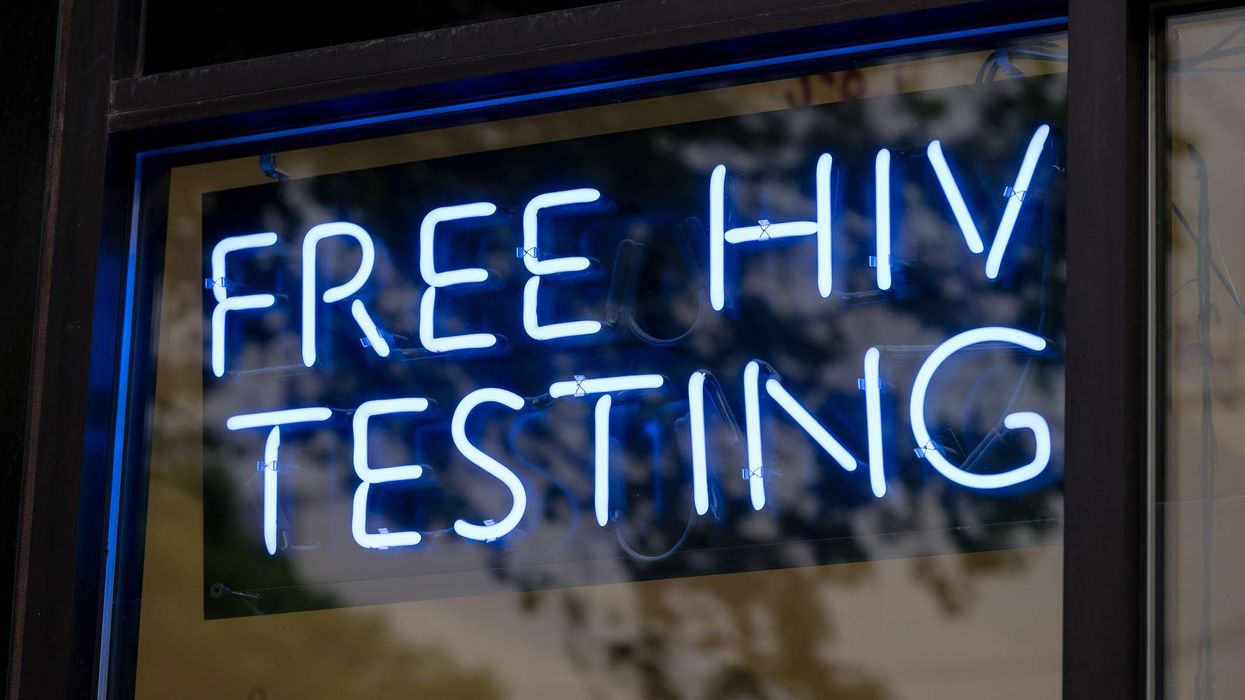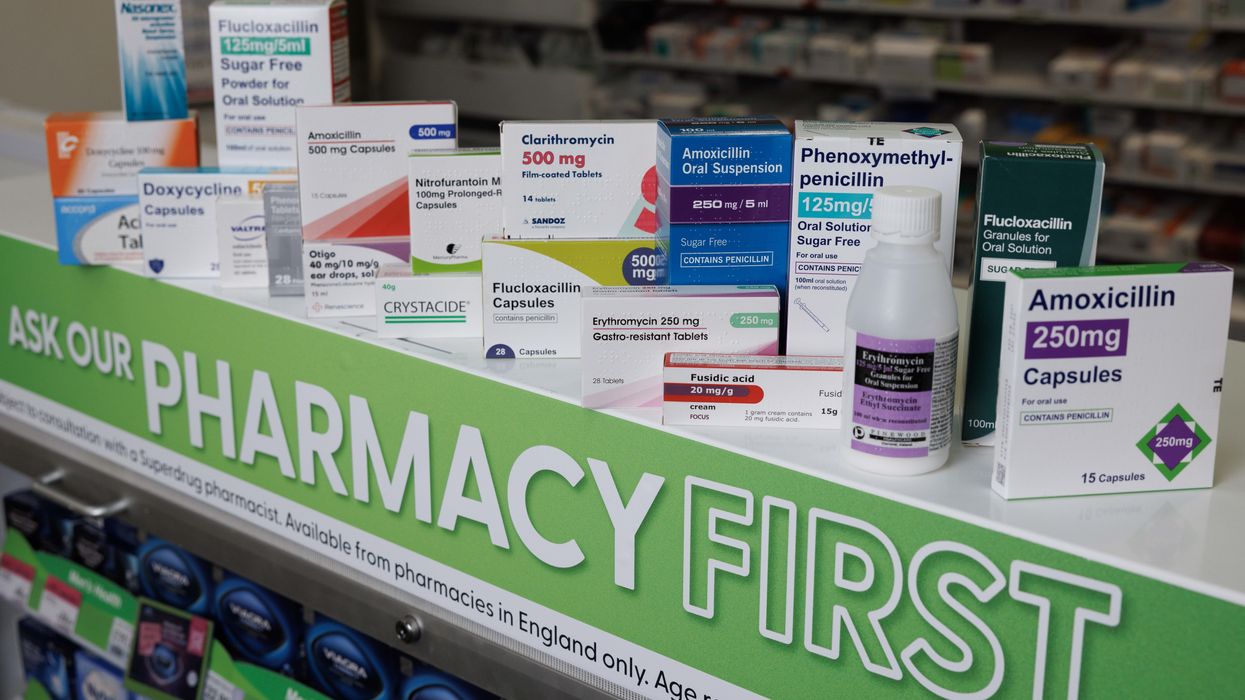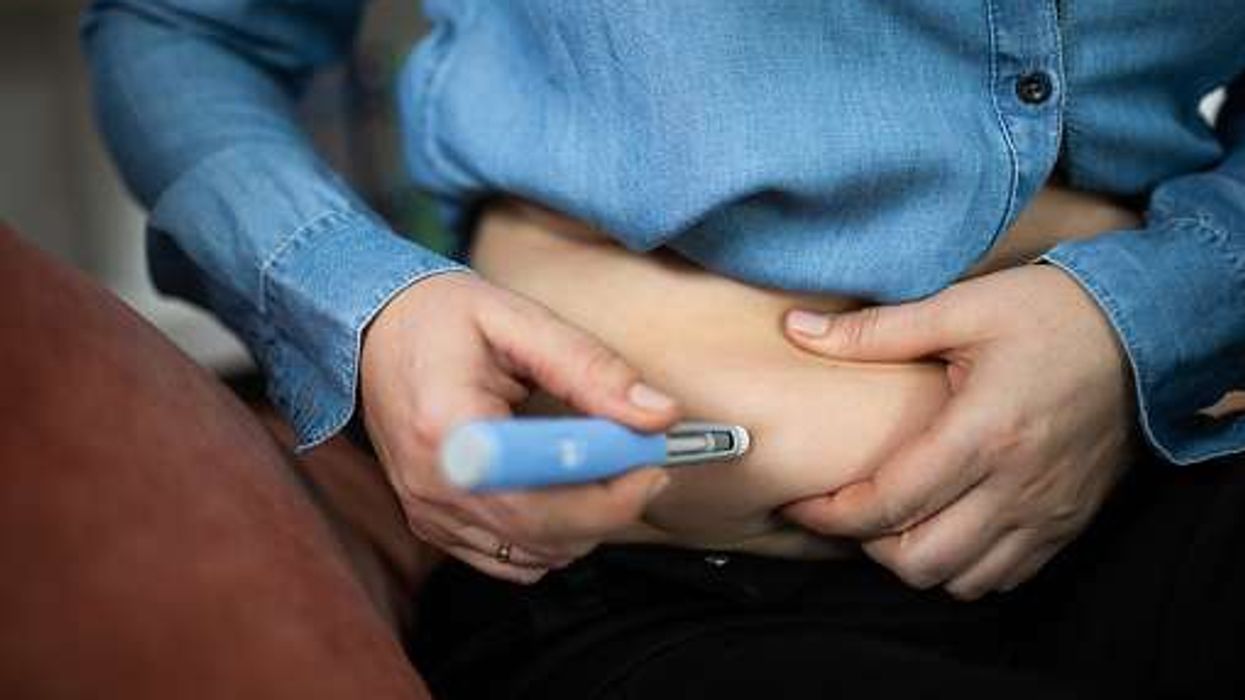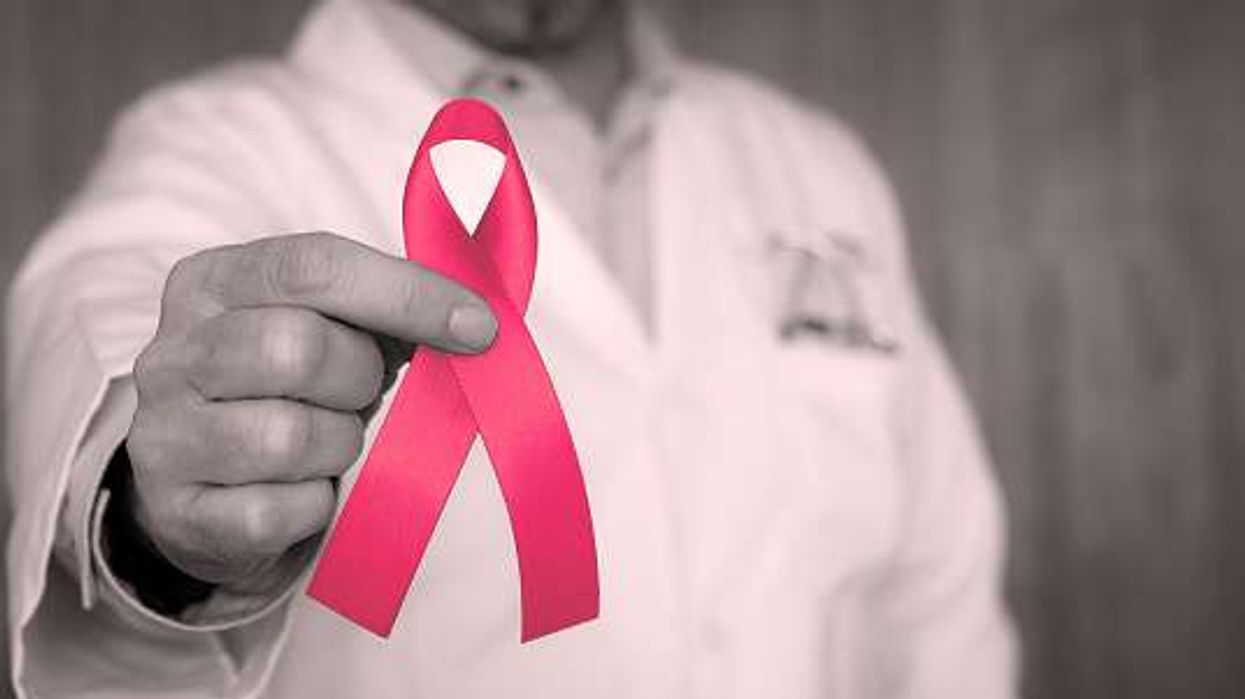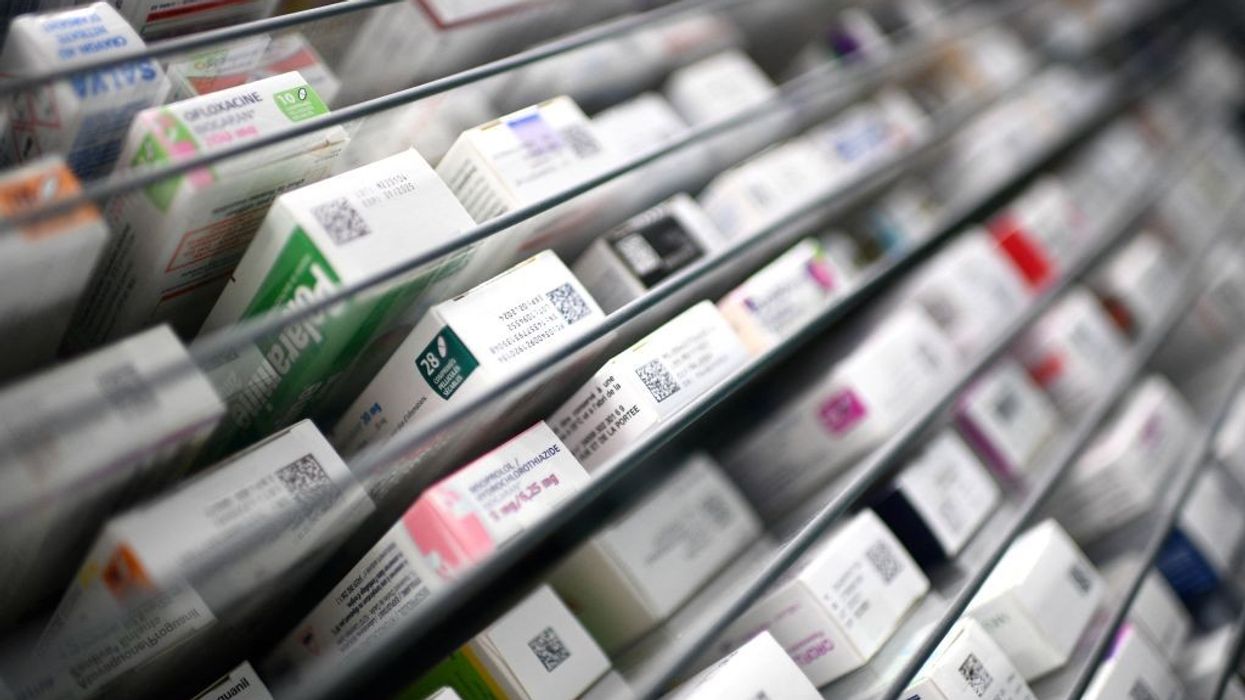Key Summary
- England has met the UNAIDS targets for the sixth consecutive year, with 95 percent of all adults living with HIV diagnosed
- Among those diagnosed 99 percent are receiving treatment, and 98 percent have suppressed viral loads
- However, 42 percent of all new cases were late diagnoses, and they are 10 times more likely to die within a year
New HIV diagnoses have fallen across the country, which shows progress in ending transmission of the dreaded disease, but testing rates among young people have come down.
The HIV surveillance data for 2024, published by the UK Health Security Agency (UKHSA) on Tuesday (7), shows that new diagnoses has fallen by 4 percent from 3,169 in 2023 to 3,043 in 2024.
England has met the UNAIDS targets for the sixth consecutive year, with 95 percent of all adults living with HIV diagnosed, 99 percent of adults diagnosed receiving treatment, and 98 percent of adults on treatment having suppressed viral loads (meaning they cannot pass HIV on through sex).
Since HIV prevention medication (PrEP) was commissioned by the NHS in autumn 2020, the number of people accessing this prevention tool has increased annually.
In 2024, a 7.7 percent increase in people accessing PrEP was observed, with 111,123 people now receiving it.
Overall, HIV testing in sexual health services increased by 3 percent and contact tracing - where the sexual partners of people newly diagnosed with HIV are contacted and encouraged to have an HIV test - remained highly effective, with 85 percent of contacts tested and 5 percent of the latter being diagnosed with HIV as a result.
Deaths among people living with HIV also decreased by 14 percent from 751 to 643 between 2023 and 2024.
However, there has been a 7 percent slide in the testing rates of people aged 15-24, while it has continued to increase across all other ages.
This group also had the lowest treatment rates at 96 percent compared with 99 percent for all other age groups, and only 91 percent had viral suppression, compared with the overall population average of 98 percent.
The access and uptake of PrEP varies significantly among various groups, with the highest among white (79.4 percent) and ethnic minority (77.8 percent) gay, bisexual and all men who have sex with men, but much lower among Black African heterosexual women (34.6 percent) and men (36.4 percent).
New HIV diagnoses among gay and bisexual men in England decreased by 6 percent from 859 to 810, though ethnic minority men constituted 35 percent of all new diagnoses in this group.
However, 42 percent of all new cases in England were late diagnoses, who are 10 times more likely to die within a year compared to adults diagnosed promptly.
Half of Black African heterosexuals were diagnosed late compared to under a third of gay and bisexual men.
Dr Tamara Djuretic, Head of HIV Section at UKHSA expressed satisfaction over the fall in HIV diagnoses and a high rate of suppressed viral loads among people undergoing treatment.
"However, we’re concerned about poorer testing and treatment outcomes among young people, who are at a crucial stage for establishing healthy sexual behaviours.
Early diagnosis can be lifesaving, so please get regularly tested if you’re sexually active. HIV tests and PrEP are free and confidential through the NHS and local sexual health services. If you do test positive, treatment is highly effective, and you can expect to live a long, healthy life," Djuretic said.








